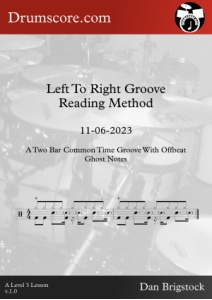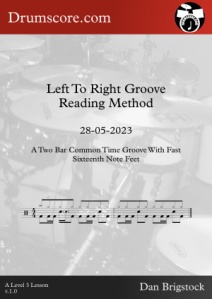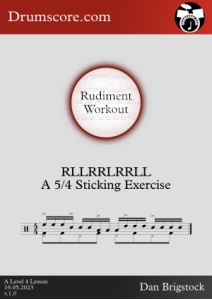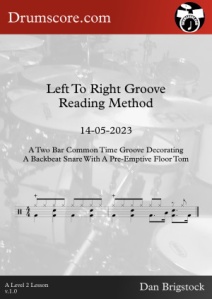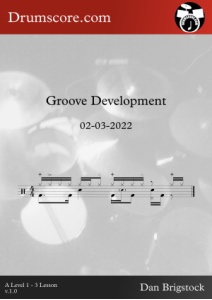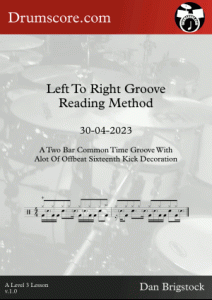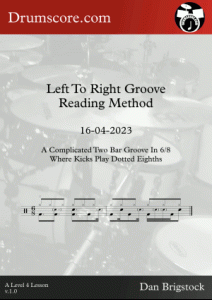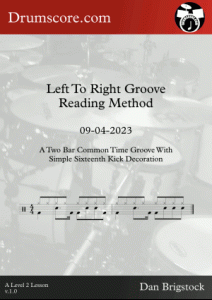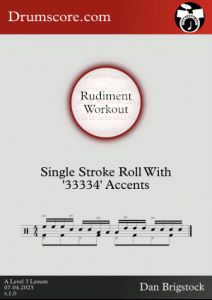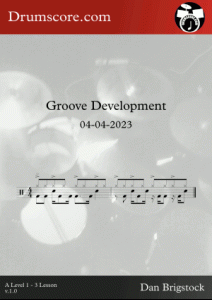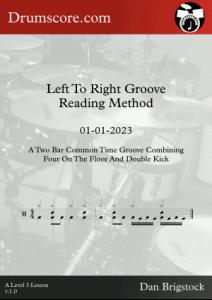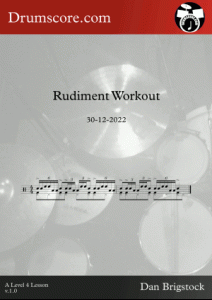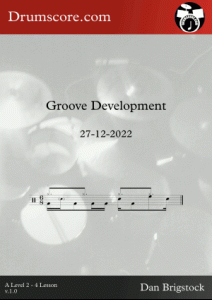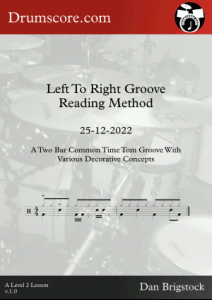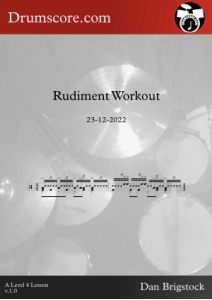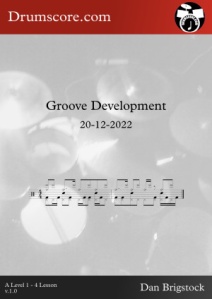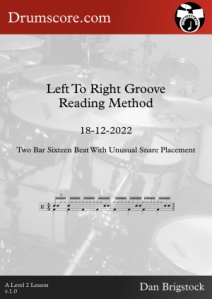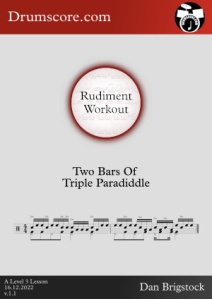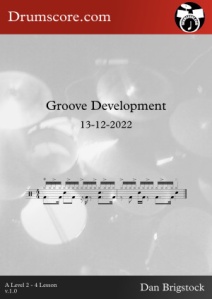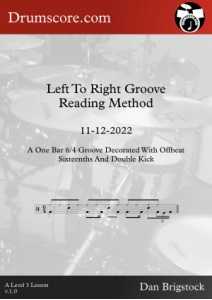 Drumscore
Drum Sheet Music, Playing Guides, Lessons and Transcription Services
Drumscore
Drum Sheet Music, Playing Guides, Lessons and Transcription Services
Filters
Filters
HOT: Most Popular Recently
Recommended Lessons
- Half Time Level 0 Grooves With A 16th Snare On The 'e' After 2
- Foot Speed Using 16th Note Groupings On The Feet - Rhythm 3
- Sticking, An Introduction
- 8 Bar Rock Improvisation Based On A Groove
- Quarter Note Open Hi Hat Decoration
- 'AAAB' In 3/4 Using Constant 16th Kicks
- Fill Placement
- Hand Foot Co Ordination Using Offbeat Eighth Feet
- A A A B Exercises Using Full Bar Eighth Note Fills
- Using A '1 2 3 4+5+6' Right Hand In 6/8 Grooves
